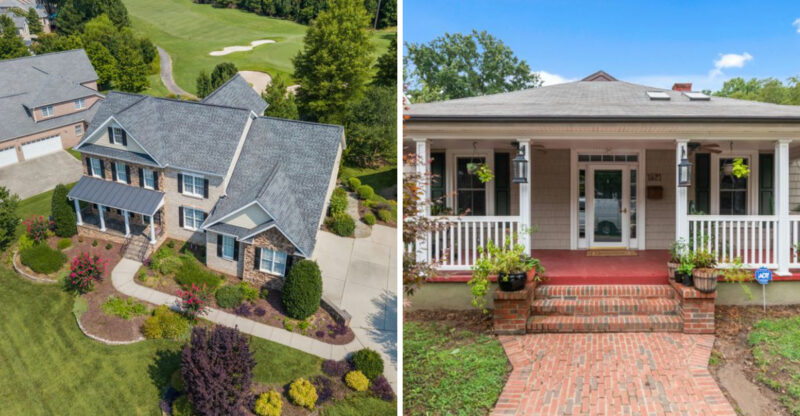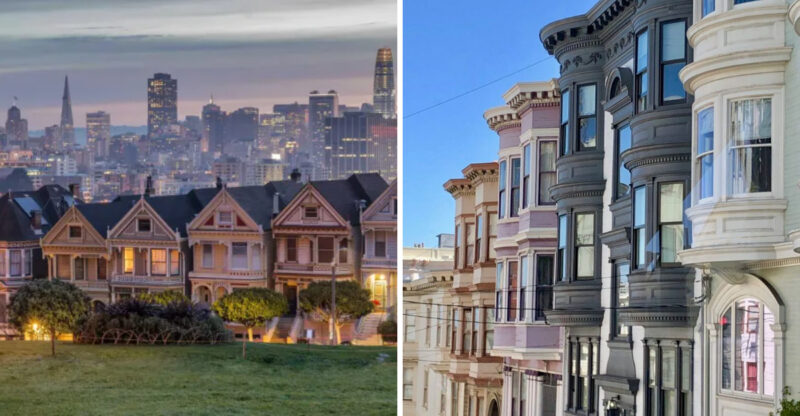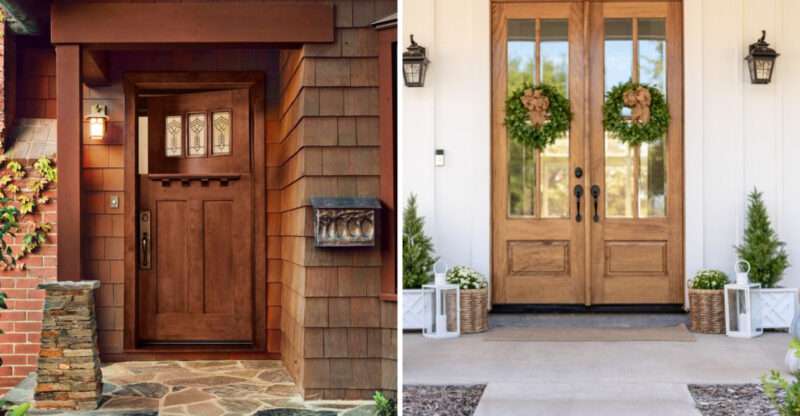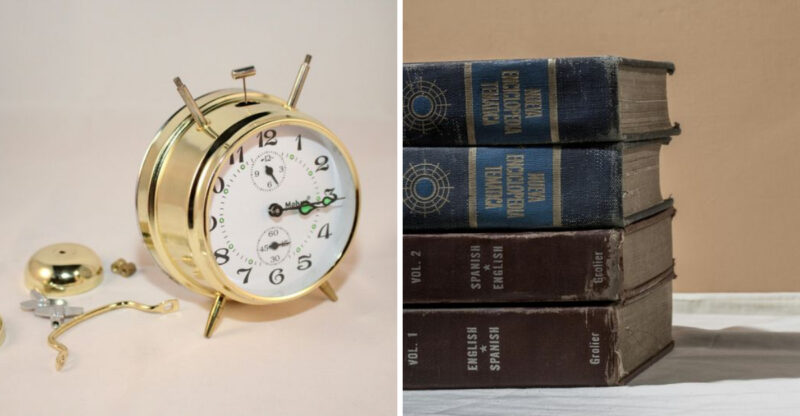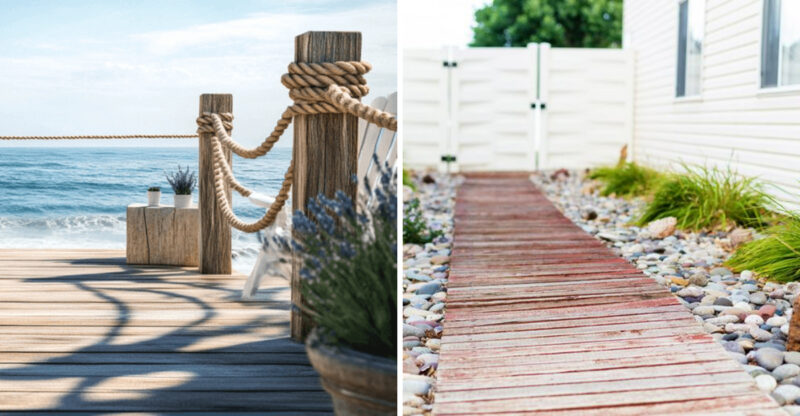10 Exterior Design Elements Common In Alaska’s Cold-Climate Homes
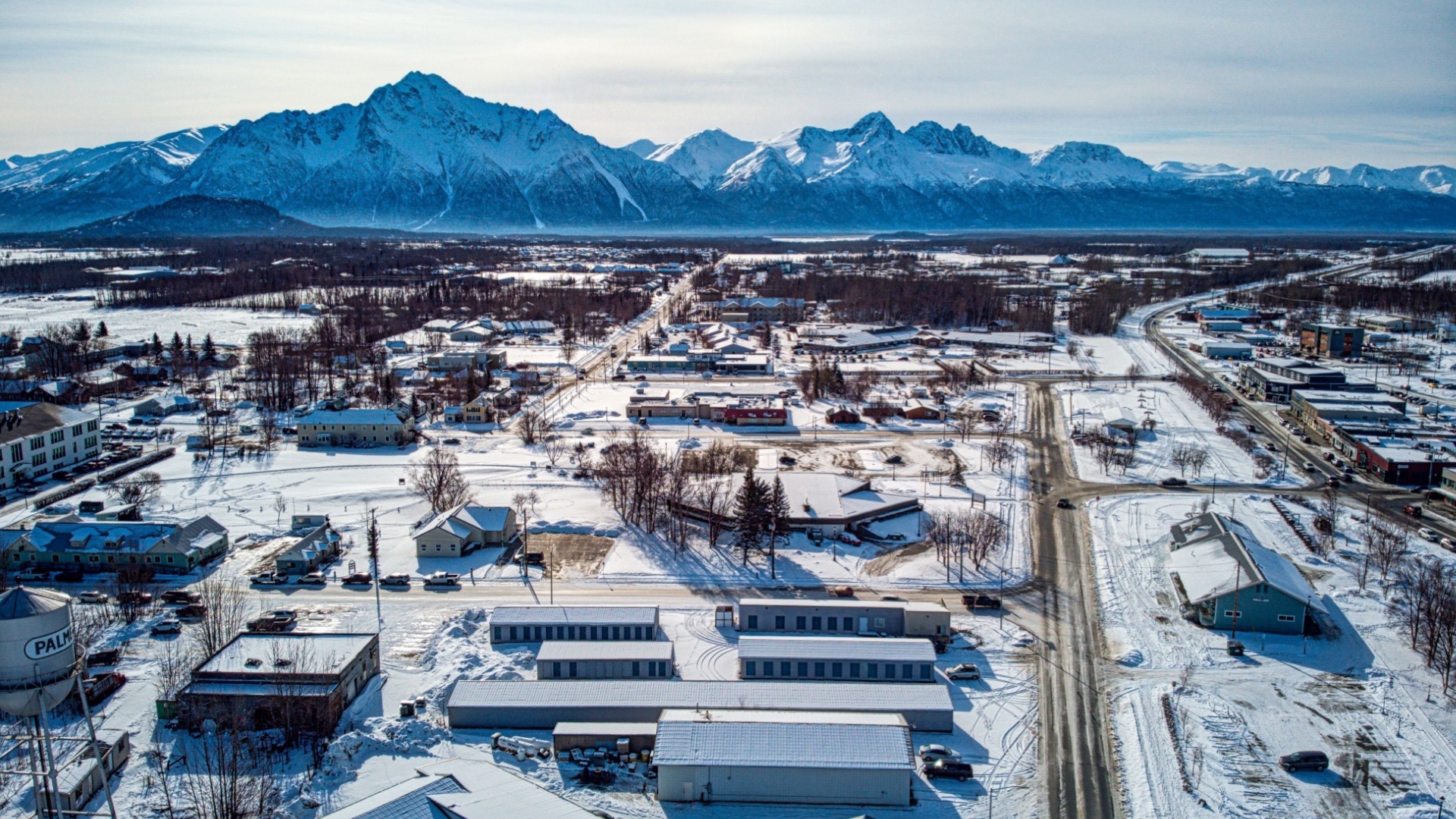
Alaska’s extreme weather demands unique approaches to home design. Temperatures can plummet to -50°F in winter, while fierce winds and heavy snow create challenges for standard building techniques.
Alaskan homes have evolved with special exterior features that not only withstand these harsh conditions but also make the most of the brief summer months and spectacular views.
These design elements blend practicality with the rugged beauty of America’s Last Frontier.
1. Arctic Entries That Create Temperature Buffers
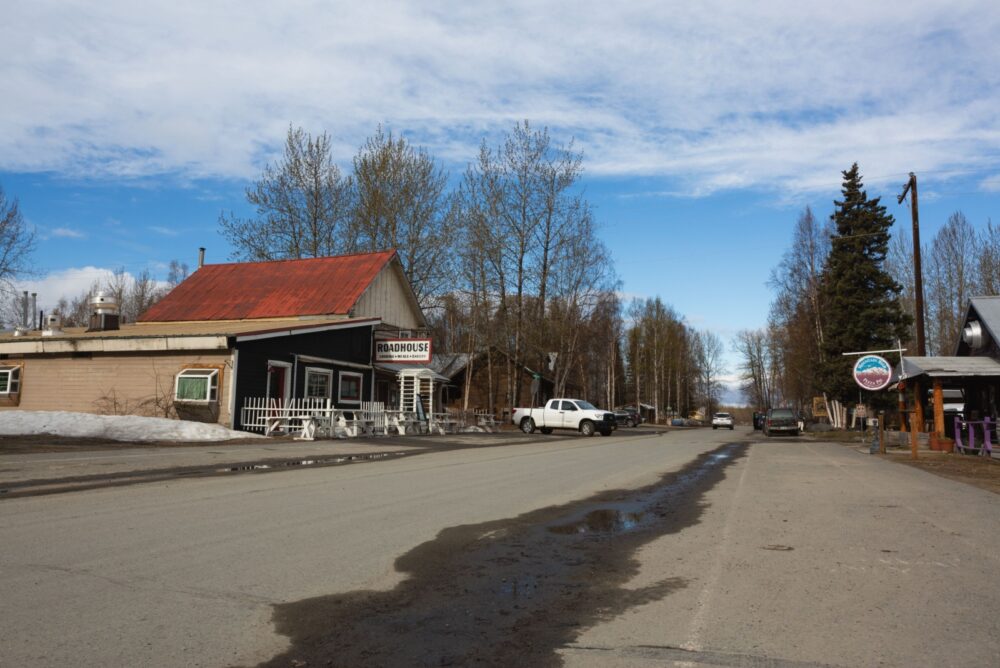
Arctic entries act as enclosed spaces between the outdoors and the home’s main living area. They prevent frigid air from rushing directly inside when doors are opened.
This buffer zone also provides space to remove snowy boots and outerwear without tracking moisture through the house. Most feature a double-door setup that creates an airlock effect to conserve heat.
In extreme cold, this can make a noticeable difference in indoor comfort and energy efficiency. The design has become a staple in homes across Alaska for both its practicality and energy savings.
2. Metal Roofing That Sheds Snow
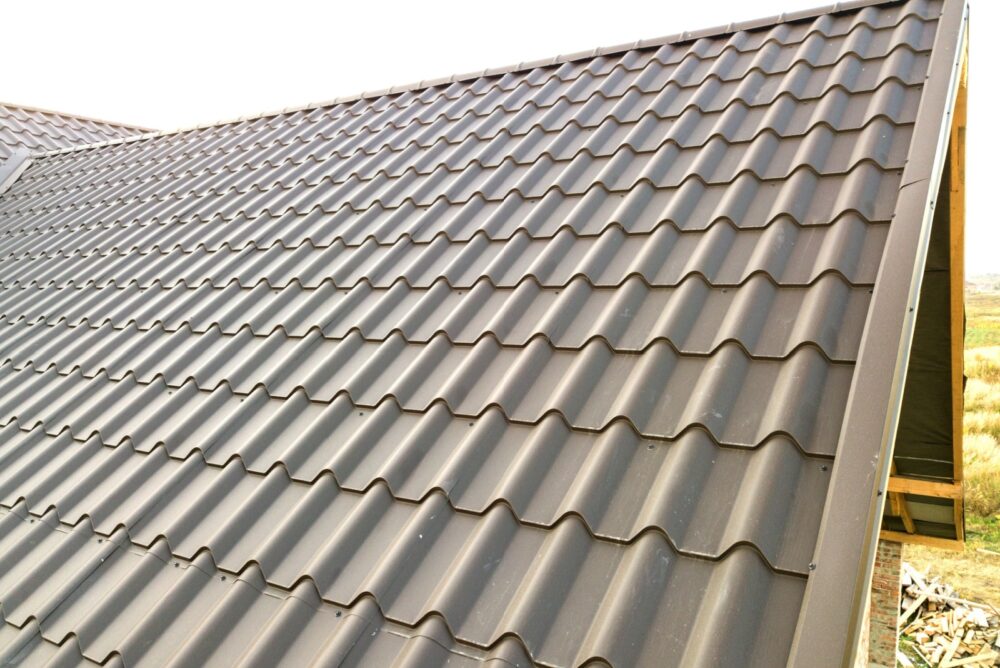
Metal roofing is common in Alaska because its smooth surface allows snow to slide off quickly. This reduces the risk of dangerous snow buildup that could damage a structure.
The material is also highly durable, standing up to decades of freeze-thaw cycles without deterioration. By preventing ice dams, metal roofs reduce maintenance and protect eaves.
Standing seam designs add another layer of protection by channeling meltwater away. In regions with frequent snowfall, this roofing choice is both a safety feature and a long-term investment.
3. Strategic Roof Pitch Angles
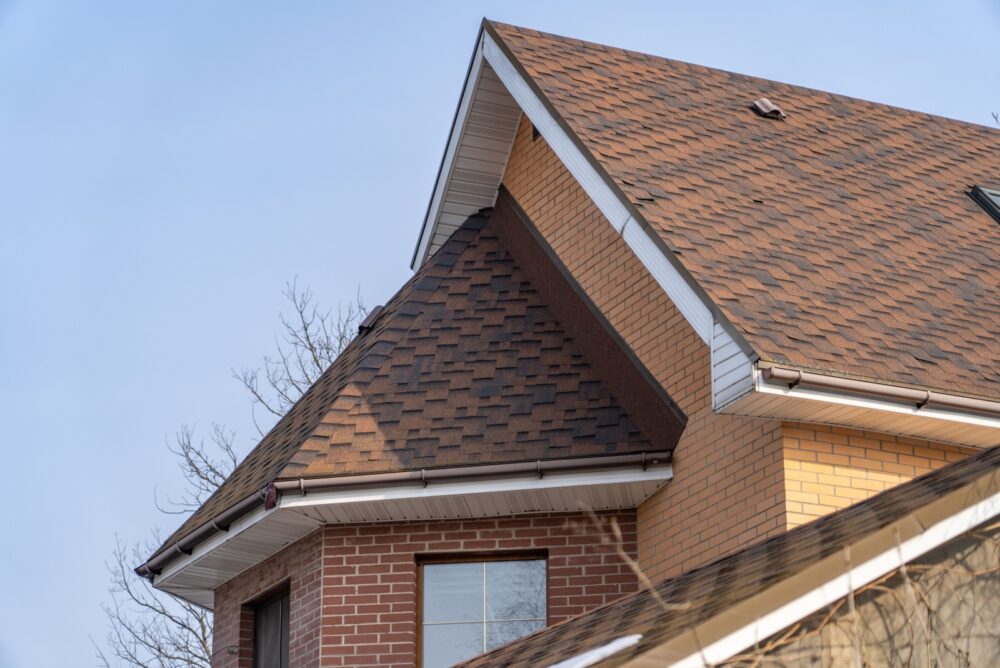
In Alaska, roof pitch is designed with snow management in mind. Steeper slopes-often 8:12 or greater-help snow slide off naturally.
Engineers determine the right angle by considering local snowfall patterns and wind exposure. Some homes mix different roof pitches to control how and where snow falls.
This helps prevent dangerous accumulation in high-load areas. The result is a roof that handles winter weather safely while maintaining structural integrity.
4. Wind-Resistant Building Shapes
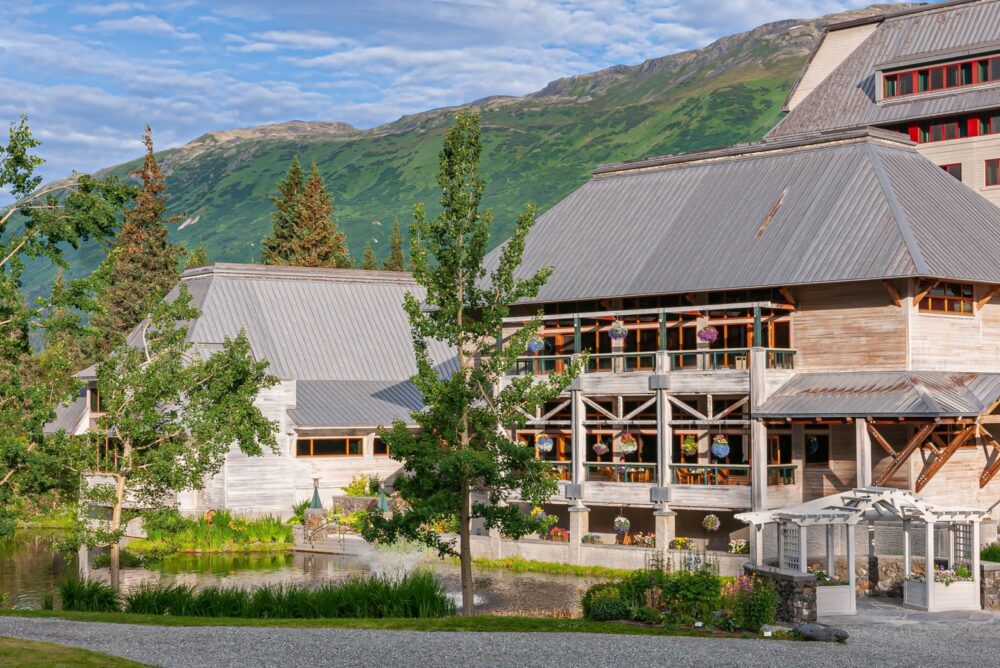
Strong winds can put major stress on a home’s structure. In Alaska, builders often use aerodynamic shapes that direct wind around the building instead of against it.
Low-profile structures and sloped walls reduce wind resistance while helping retain heat. Circular or octagonal layouts have proven especially effective in coastal areas with 100+ mph gusts.
Modern architects sometimes design walls with specific angles to match the property’s wind exposure. This approach improves comfort, safety, and energy efficiency in storm-prone regions.
5. Super-Insulated Wall Systems
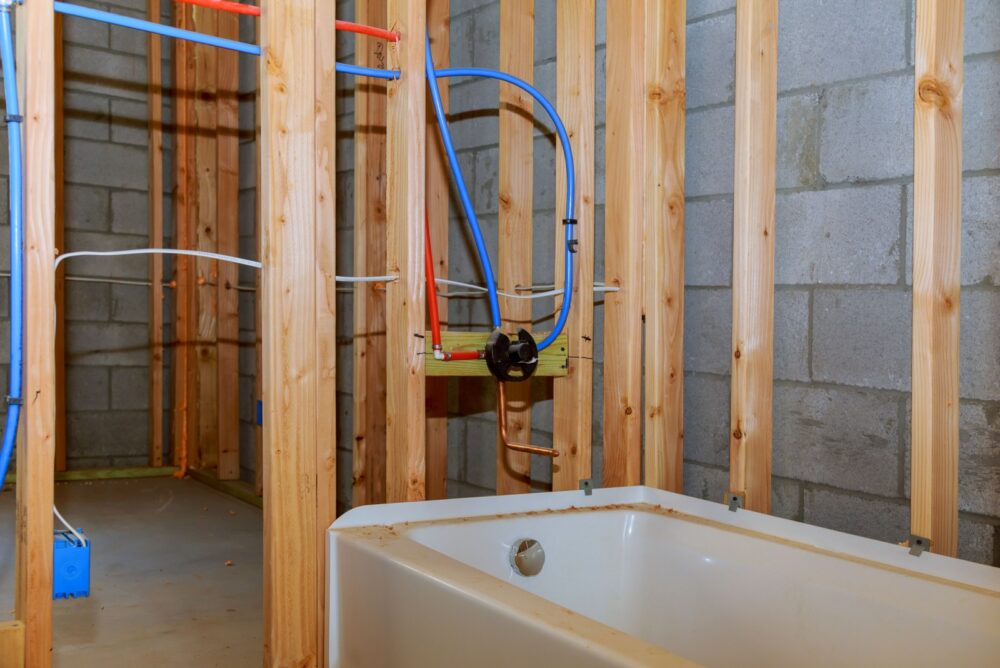
Walls in Alaskan homes are built much thicker than those in milder climates. Many measure 12–16 inches and combine multiple insulation types for maximum performance.
A typical setup might include rigid foam on the outside and dense-packed cellulose or fiberglass inside. Structural insulated panels (SIPs) are also common for their excellent air sealing and thermal resistance.
These methods achieve R-values over R-40, far exceeding the national average. This level of insulation is critical for maintaining warmth when winter temperatures are dangerously low.
6. South-Facing Glass For Passive Solar Gain
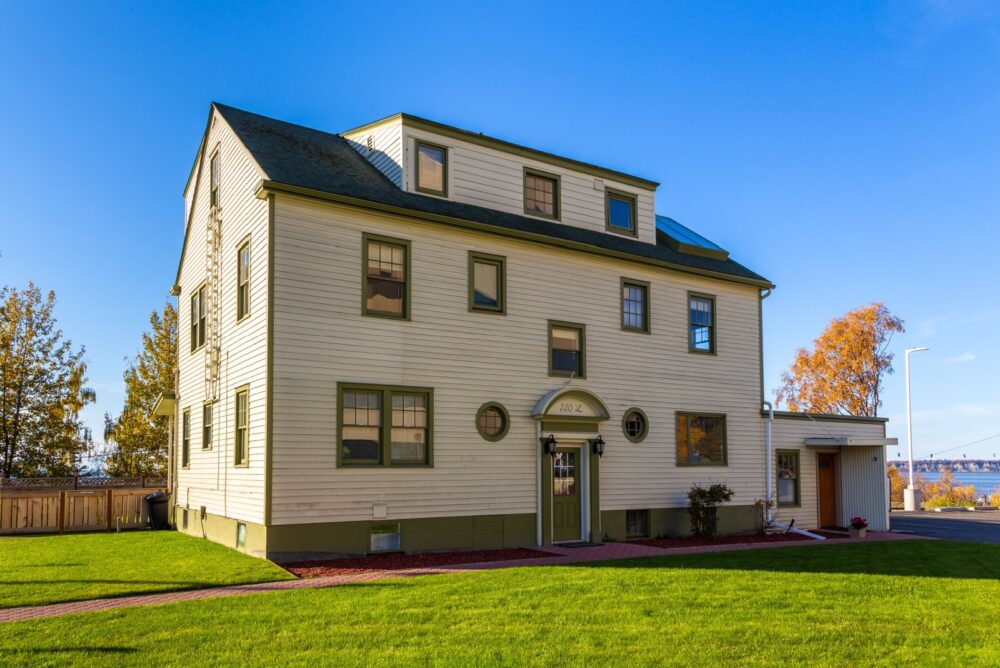
During the short winter days, sunlight is a valuable heat source. South-facing windows allow homes to capture and store solar warmth naturally.
Triple-pane glass with low-E coatings lets sunlight in while minimizing heat loss. Larger windows are often placed on southern walls, with fewer openings on the north side.
This creates a mild greenhouse effect that can raise interior temperatures by 10–15°F on sunny days. It’s a simple, low-energy way to boost comfort in cold months.
7. Elevated Foundations That Prevent Permafrost Thaw
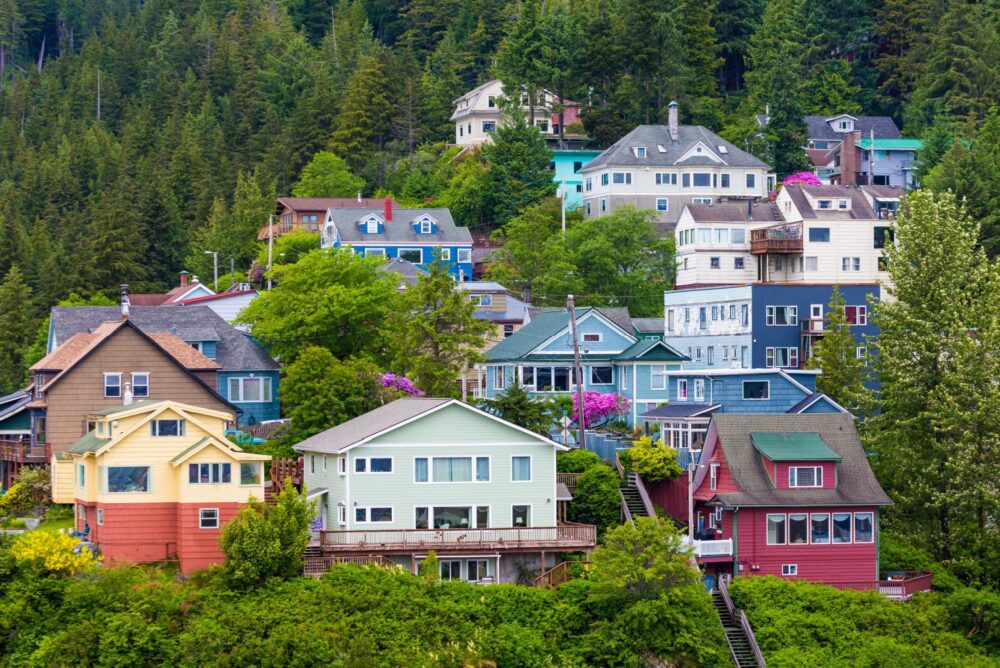
Permafrost can become unstable if warmed by a building’s heat. To prevent this, many Alaskan homes are built on stilts or piers that allow air circulation underneath.
This keeps the ground frozen and reduces the risk of shifting or sinking. Adjustable supports help manage seasonal ground movement.
The design also protects against moisture damage from melting snow. Elevated foundations are an essential safeguard in areas with frozen ground.
8. Strategic Window Placement And Sizing
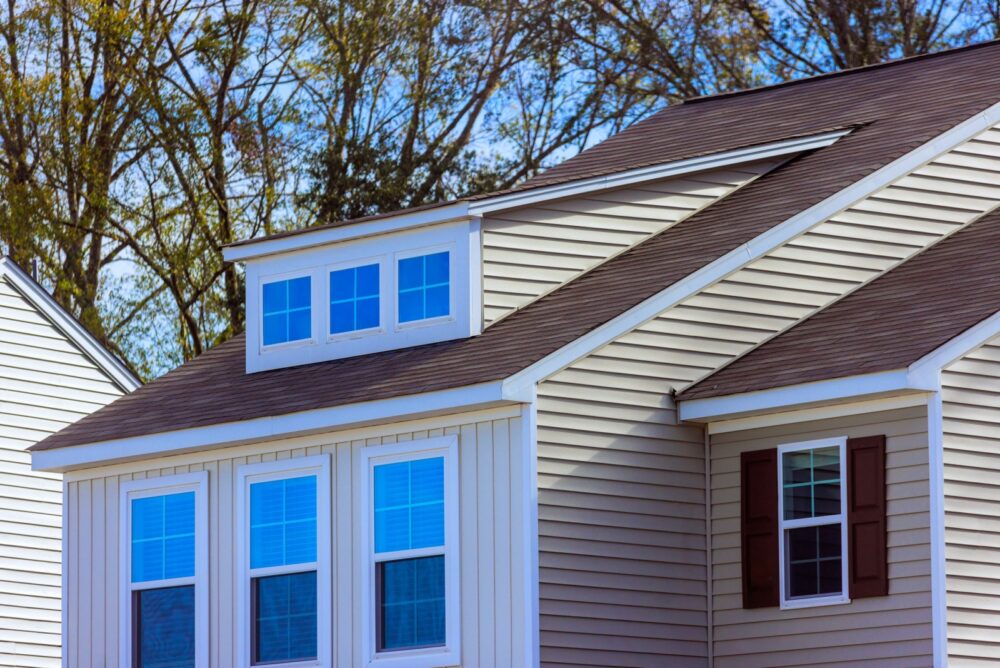
Windows can be a major source of heat loss if not planned carefully. In Alaska, small windows are placed on north-facing walls to reduce energy loss.
Larger openings are positioned on south and west walls to maximize natural light and warmth. Grouping windows together creates bright spaces without increasing the total glass area too much.
High-performance triple-pane windows with insulated frames are standard. This careful planning balances light, views, and energy efficiency.
9. Exterior Wood Storage Integration
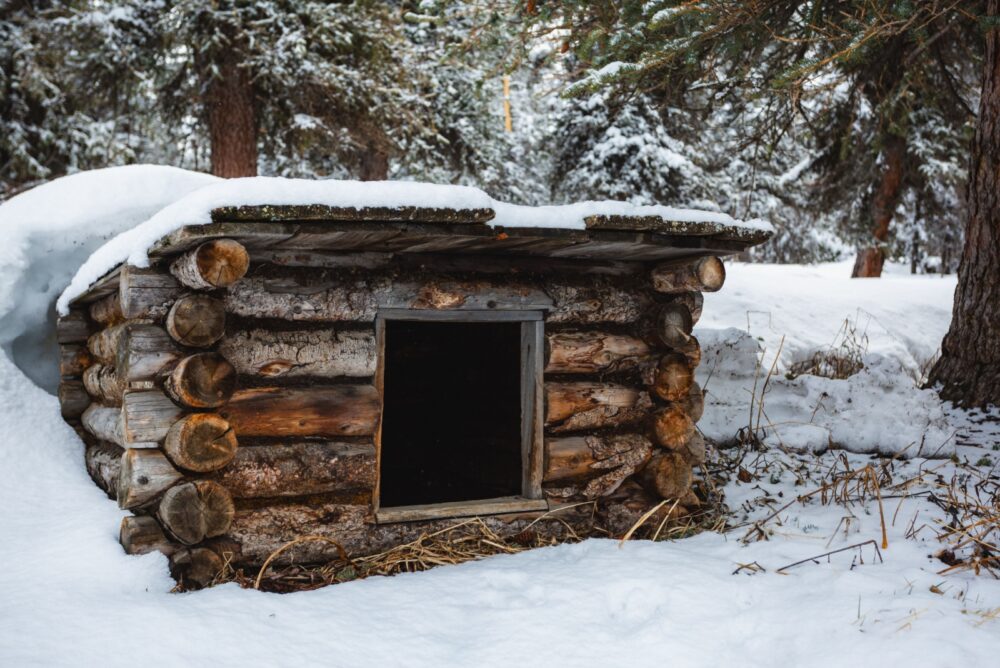
Wood heating remains common across Alaska, creating the need for substantial fuel storage. Modern homes incorporate covered wood storage directly into architectural designs rather than as afterthoughts.
These integrated storage areas keep firewood dry while providing convenient access during bitter winter conditions. Many feature southern exposure to accelerate drying and connect directly to arctic entries for easy transport.
The design element transforms a practical necessity into an attractive feature. It complements overall aesthetics while celebrating Alaska’s self-sufficient lifestyle.
10. Durable Siding Materials For Extreme Conditions
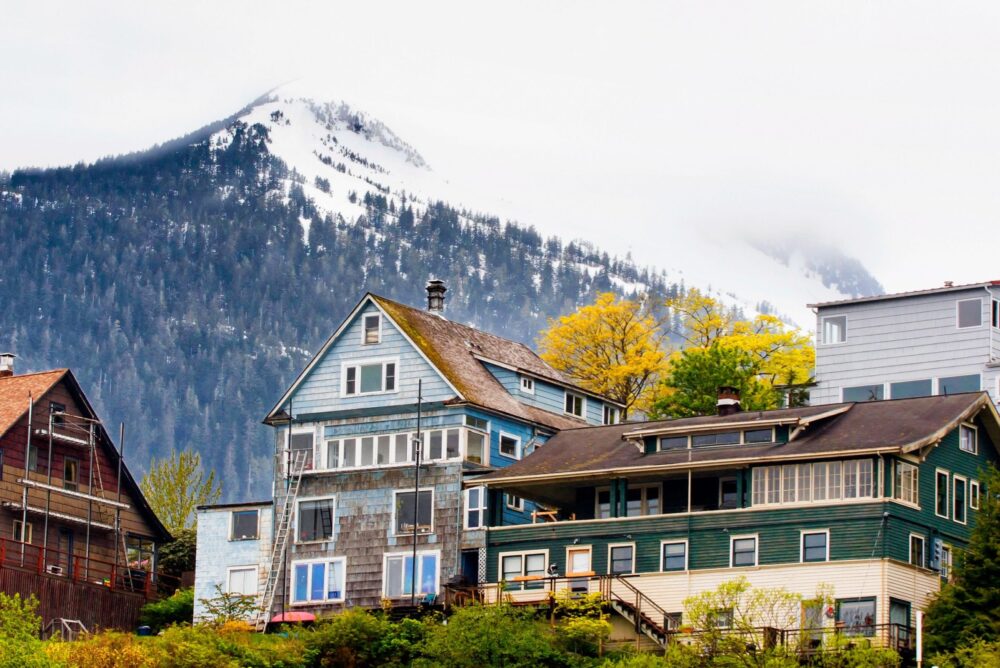
Conventional vinyl siding becomes brittle at -20°F, cracking upon impact. Alaskan homes feature specialized materials that withstand temperature extremes, UV exposure, and fierce winds.
Metal siding, fiber cement boards, and specially treated woods dominate the landscape. Many homes incorporate multiple materials strategically-metal on wind-exposed walls with wood accents in protected areas.
The combinations create visual interest while addressing practical concerns about durability, maintenance requirements, and thermal performance. This approach creates both durability and visual interest.

